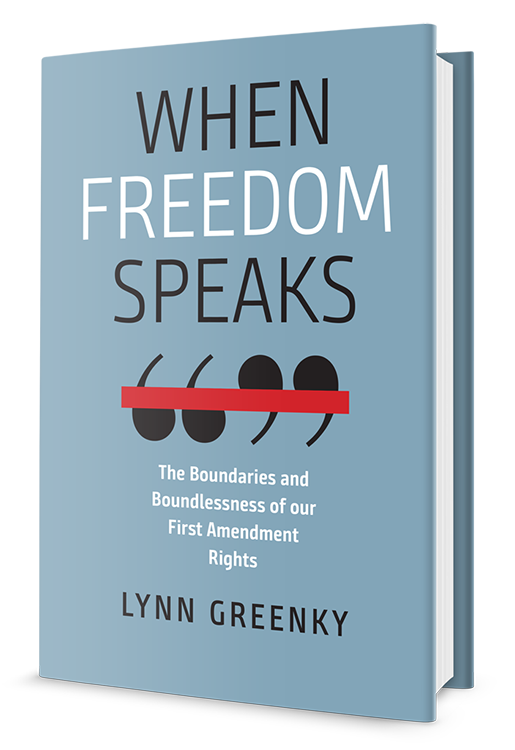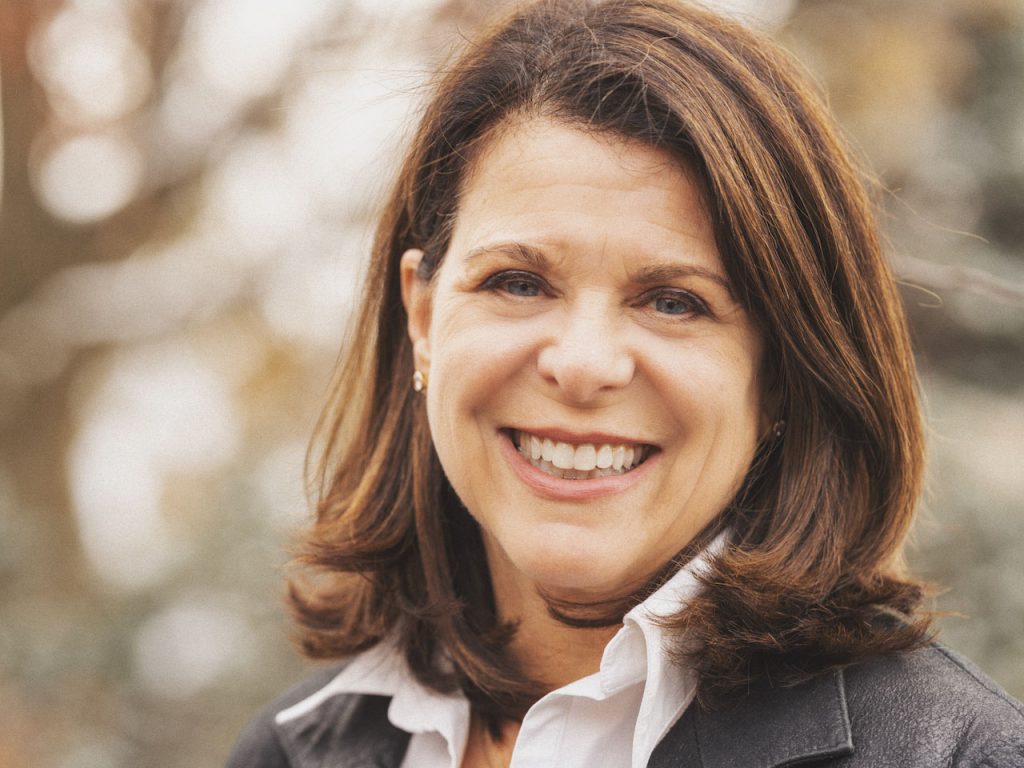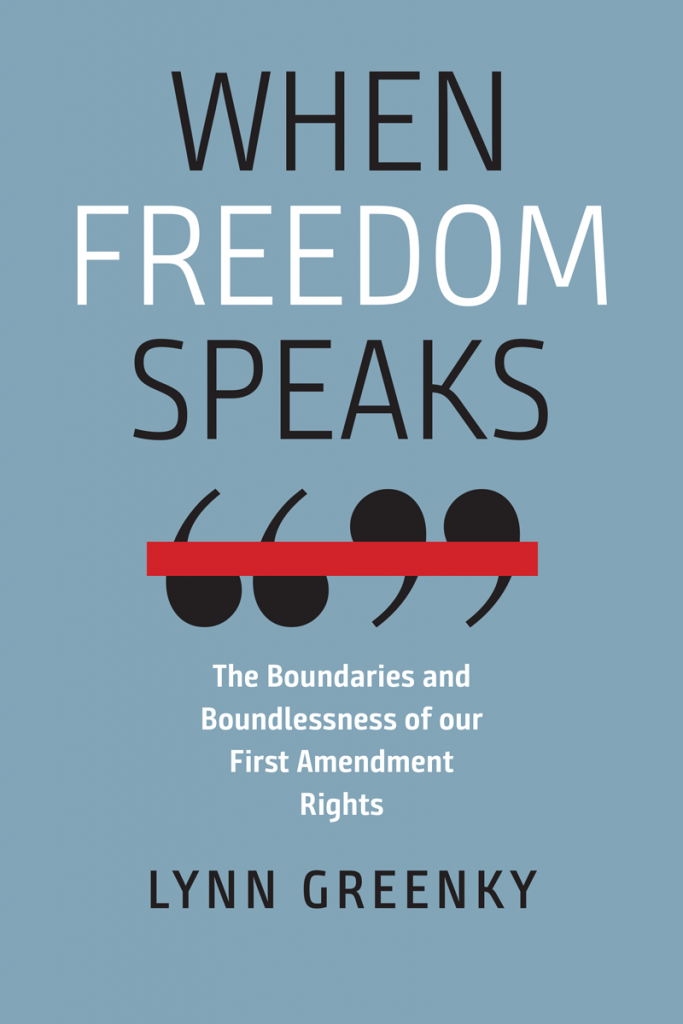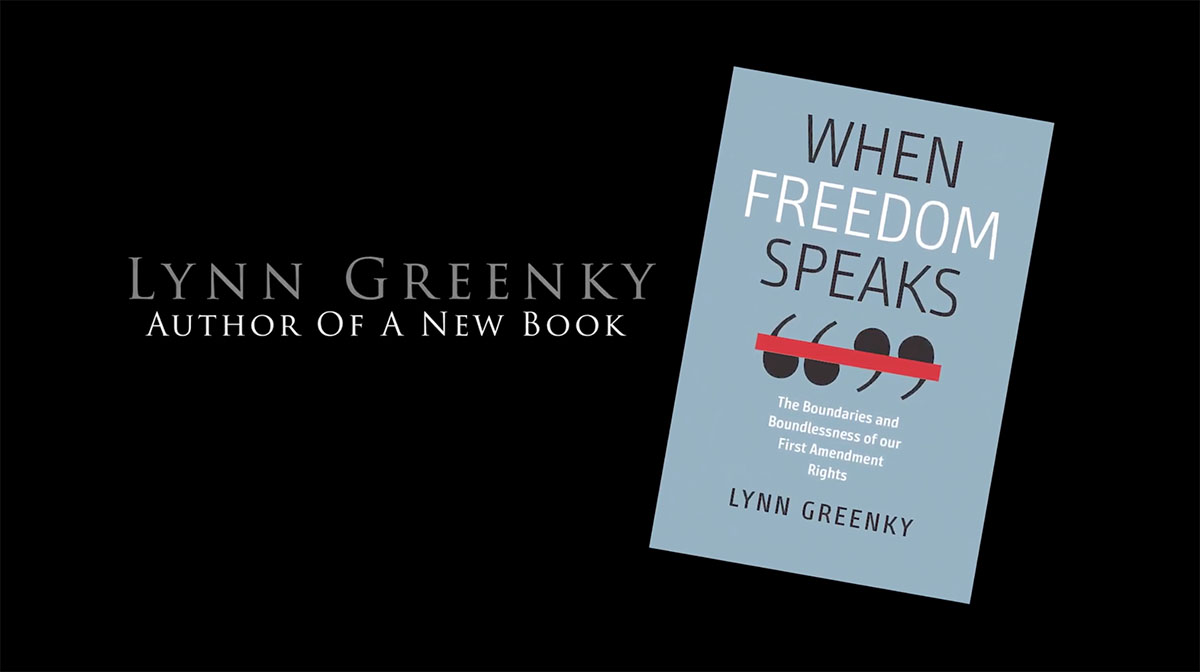About Lynn
Lynn Greenky began her professional career as a lawyer. Now serving as an emeritus professor, she taught at Syracuse University in the Department of Communication and Rhetorical Studies for fifteen years. More than a decade ago, she began teaching an undergraduate course about the First Amendment. Her educational background gave her a unique perspective upon which to build a course about the protection we have from laws that abridge our right to the freedom of speech.
About When Freedom Speaks
When Freedom Speaks: The Boundaries and the Boundlessness of our First Amendment Right chronicles the stories that narrate our First Amendment right to speak our minds. Using the characters and drama embedded in landmark Supreme Court cases, and recent lower court cases, it engages today’s increasingly politically active audience and introduces them to the theories that guide First Amendment jurisprudence. An understanding of First Amendment stories as told through the challenges faced by litigants, lawyers, judges, and the Supreme Court Justices will serve as a map and a compass to help readers understand, and ultimately navigate, our complex time.
Praise
“When Freedom Speaks is an accessible guide to the past, present, and future of free speech in the United States.”
—David Cole, National Legal Director, ACLU and George Mitchell Professor in Law and Public Policy at Georgetown University
“Anyone with any opinion will benefit from reading this timely road map on the cornerstone of our Constitution.”
—Lauren Tousignant, Associate Digital Editor, New York Post
“Lynn Greenky's new book is a tour de force on the importance of free speech to all individuals and groups in America...”
—Jonathan Collegio, Senior Vice President Public Affairs at National Automobile Dealers Association
First Amendment Questions
Ask Lynn Greenky
We have anarchists, socialists, religious zealots, and civil rights activists, among many others, to thank for their contribution in developing the boundaries and the boundlessness of our First Amendment right. Their stories make clear that while the moral boundaries within which we can confine speech are vast and relatively easy to find, constitutional boundaries are much more limited and obscure. Recognizing those boundaries will serve as directional guides to understand and navigate our increasingly complex time.
Does the First Amendment only protect the spoken and written word?
The First Amendment protects all kinds of expression. Ideas and beliefs can be verbalized, written, performed, or crafted using visual media. In addition to art and dance, messages can be communicated with tattoos, clothing, and even silence.
Can someone be jailed for a speech which results in a riot or insurrection?
The short answer is yes. The more accurate answer is that it depends. The First Amendment protects those who advocate violence but it does not protect those who incite violence. The difference can be difficult to navigate.
Latest Blog Post
The U.S. Supreme Court has sent back to lower courts the decision about whether states can block social media companies such as Facebook and X, formerly Twitter, from regulating and controlling what users can post on their platforms. Laws in Florida and Texas sought to impose restrictions on the internal policies and algorithms of social media platforms in ways…
Read More


